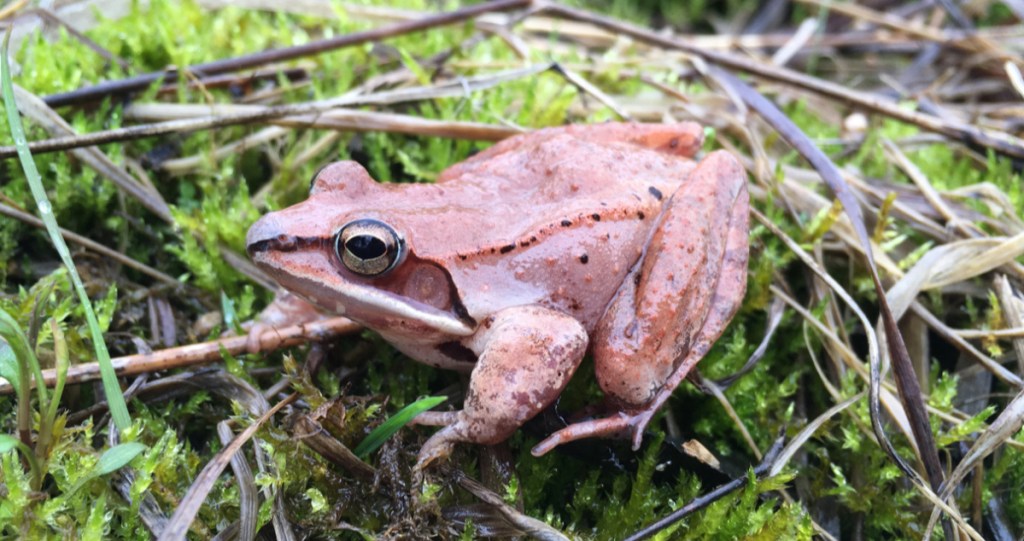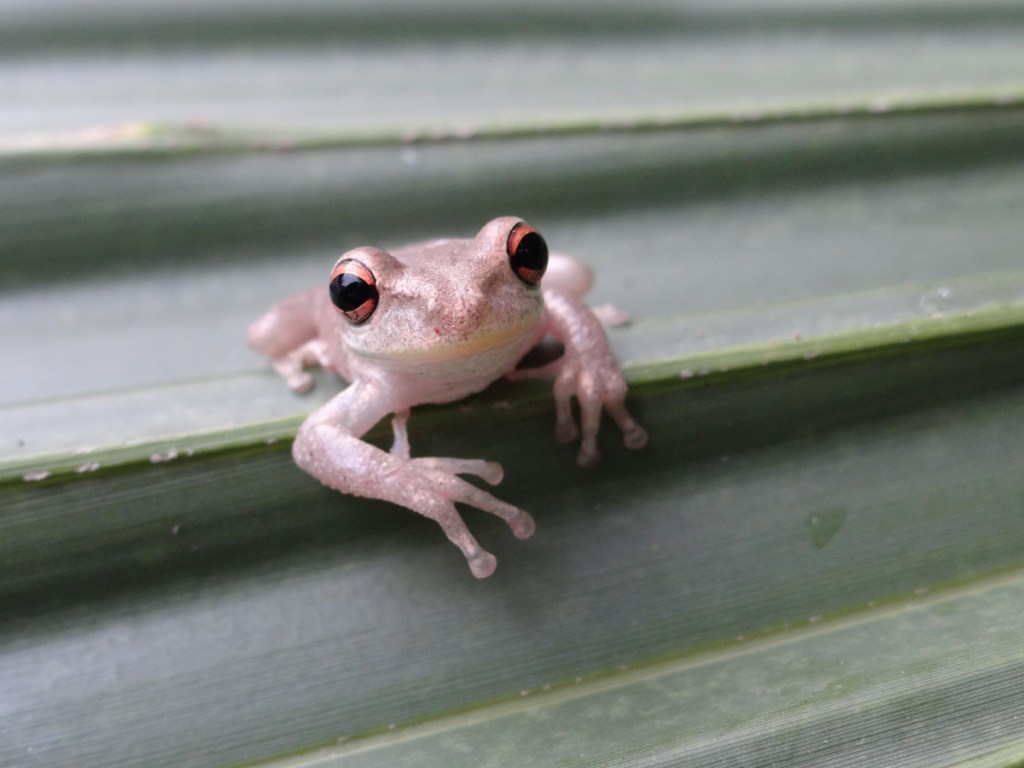WASHINGTON — If you’ve ever been unable to find a bathroom in a moment of need, you know the gotta-go feeling. That’s nothing compared to the wood frog, which doesn’t urinate all winter.
In Alaska, wood frogs go eight months without peeing. And scientists have now figured out how they do it, or more accurately, how they survive without doing it.
Recycling urea – the main waste in urine – into useful nitrogen keeps the small frogs alive as they hibernate and freeze, inside and out. It doesn’t warm them up. Instead, urea protects cells and tissues, even as the critter’s heart, brain and bloodstream stop.
The frogs can do it because special microbes in their guts recycle the urea, according to a new study in Tuesday’s journal Proceedings of the Royal Society B.
Some call the frog pee a type of antifreeze, but study co-author Jon Costanzo, a zoologist at Miami University in Ohio, bristles at that term.
“Their eyes are white. Their skin is frosty. They’re like little rocks. They’re frozen,” Costanzo said.
Wood frogs live all over America and in the Arctic Circle. Some Alaskan wood frogs get as cold as zero degrees (minus 18 degrees Celsius), he said.
Other animals don’t urinate when they hibernate, but mammals don’t do the big freeze, he said.
Costanzo’s team captured wood frogs and turned them into frog-sicles under controlled conditions.
“People are fascinated by bear hibernation,” he said, “but in my book any animal that allows itself to freeze solid and is able to recover from it and walk away … to me that’s about as cool as it gets.”
Send questions/comments to the editors.




Success. Please wait for the page to reload. If the page does not reload within 5 seconds, please refresh the page.
Enter your email and password to access comments.
Hi, to comment on stories you must . This profile is in addition to your subscription and website login.
Already have a commenting profile? .
Invalid username/password.
Please check your email to confirm and complete your registration.
Only subscribers are eligible to post comments. Please subscribe or login first for digital access. Here’s why.
Use the form below to reset your password. When you've submitted your account email, we will send an email with a reset code.